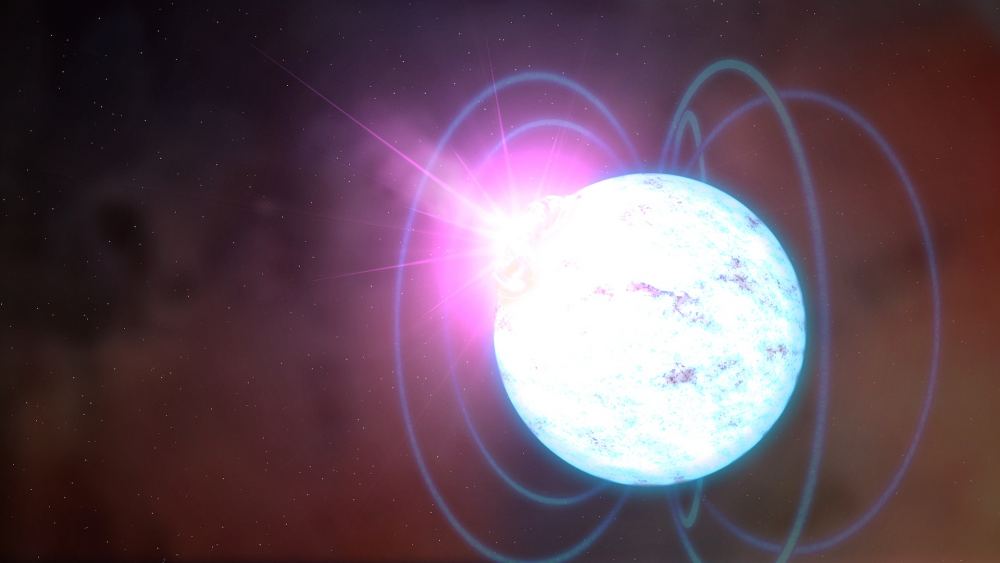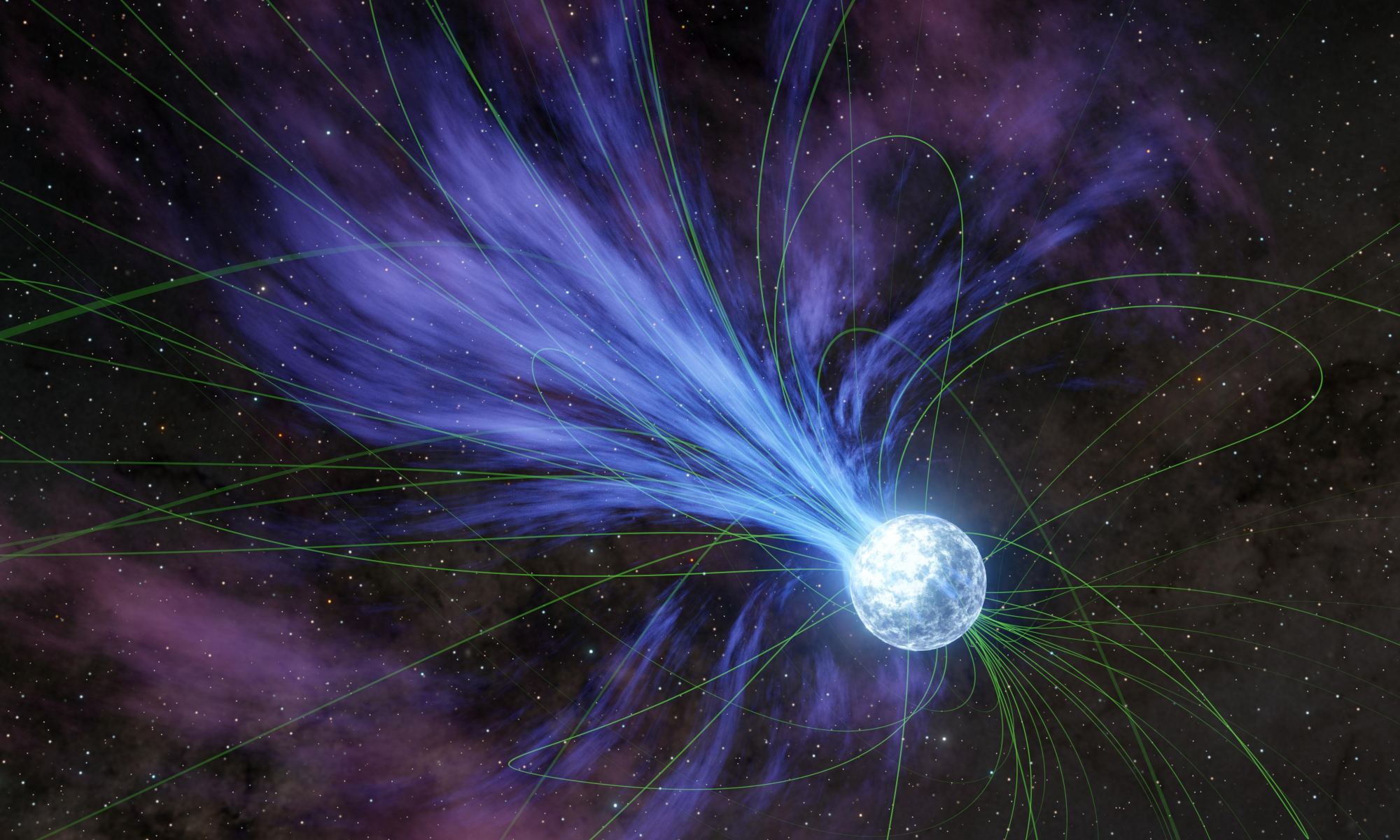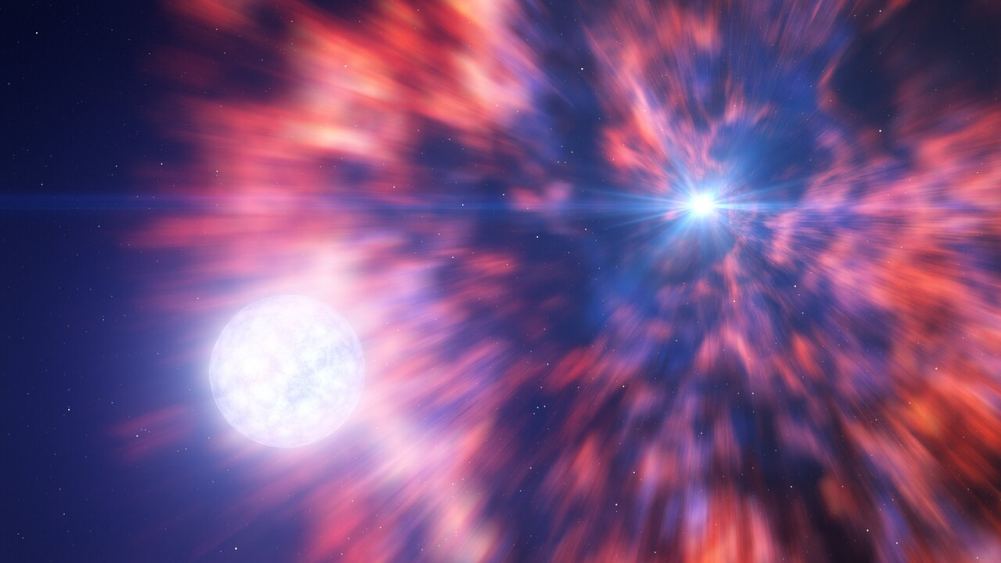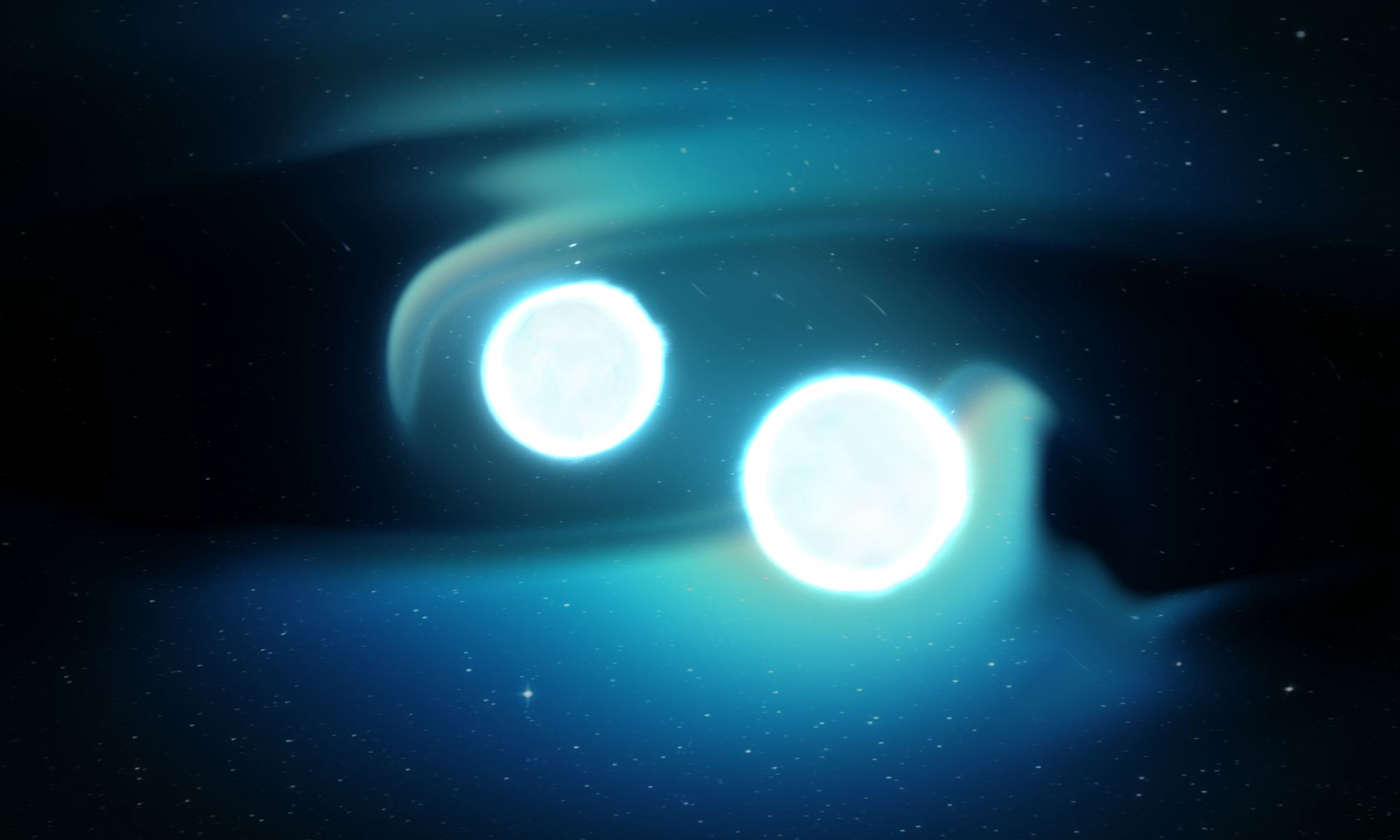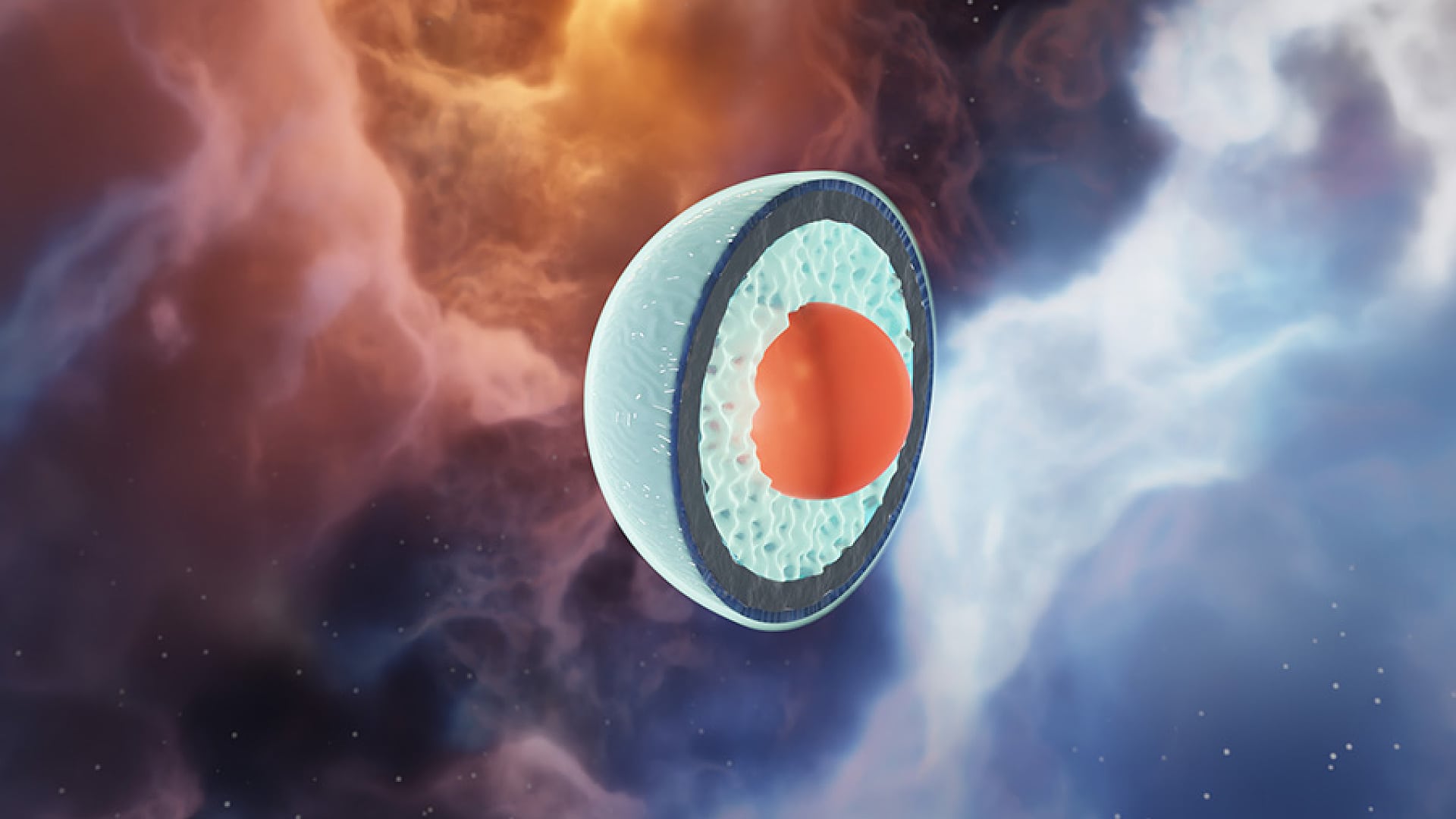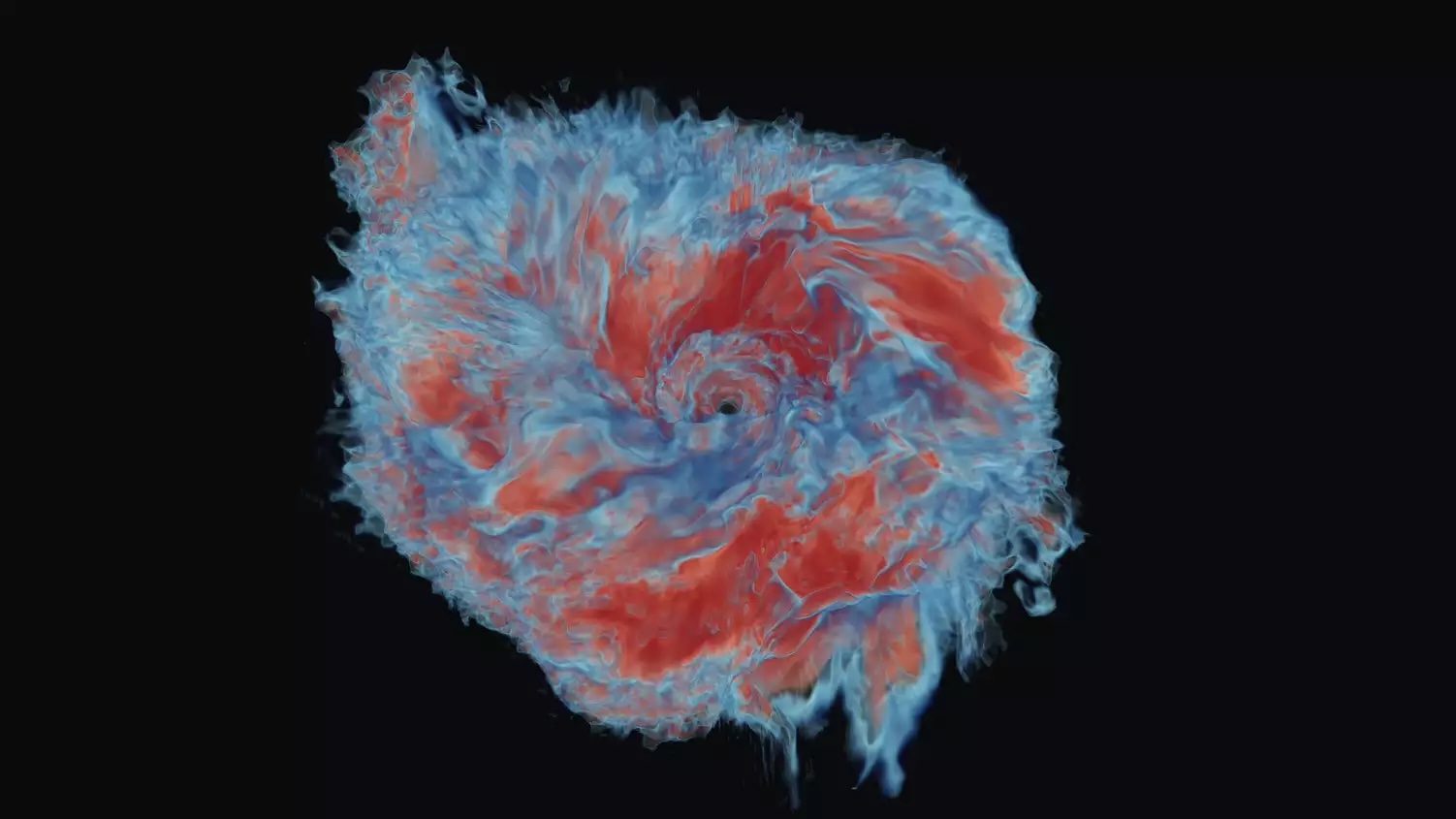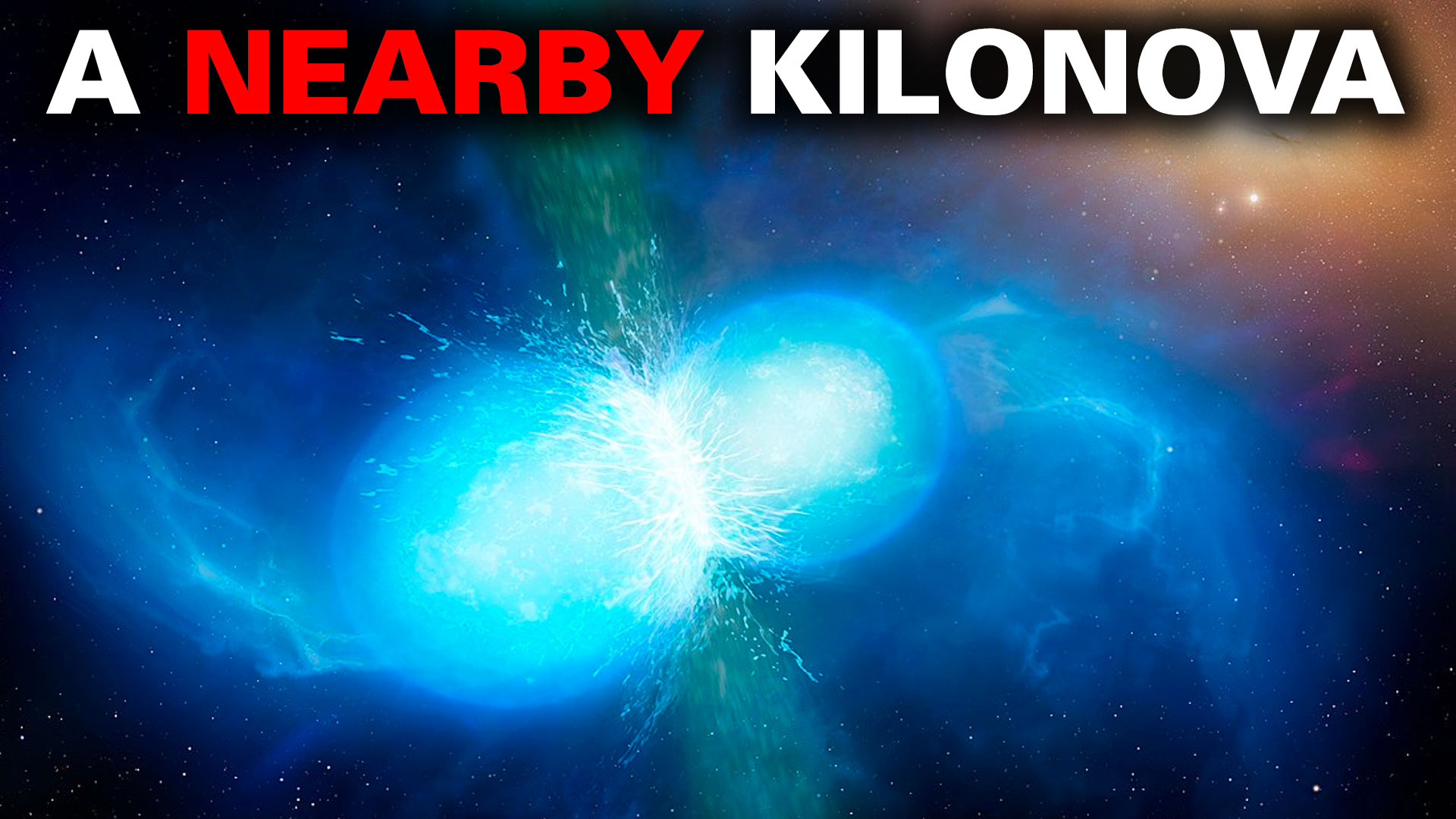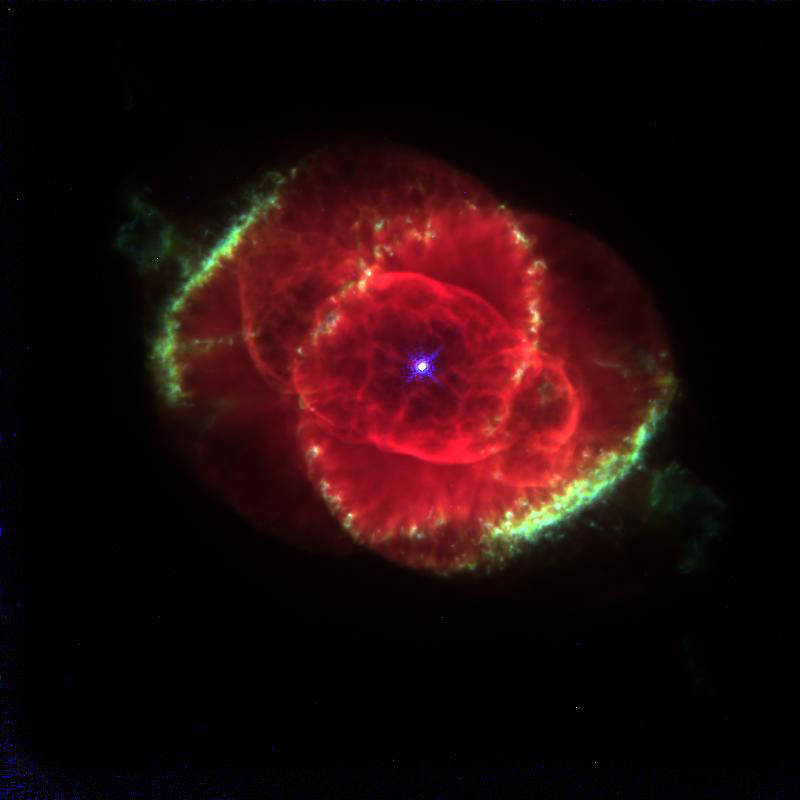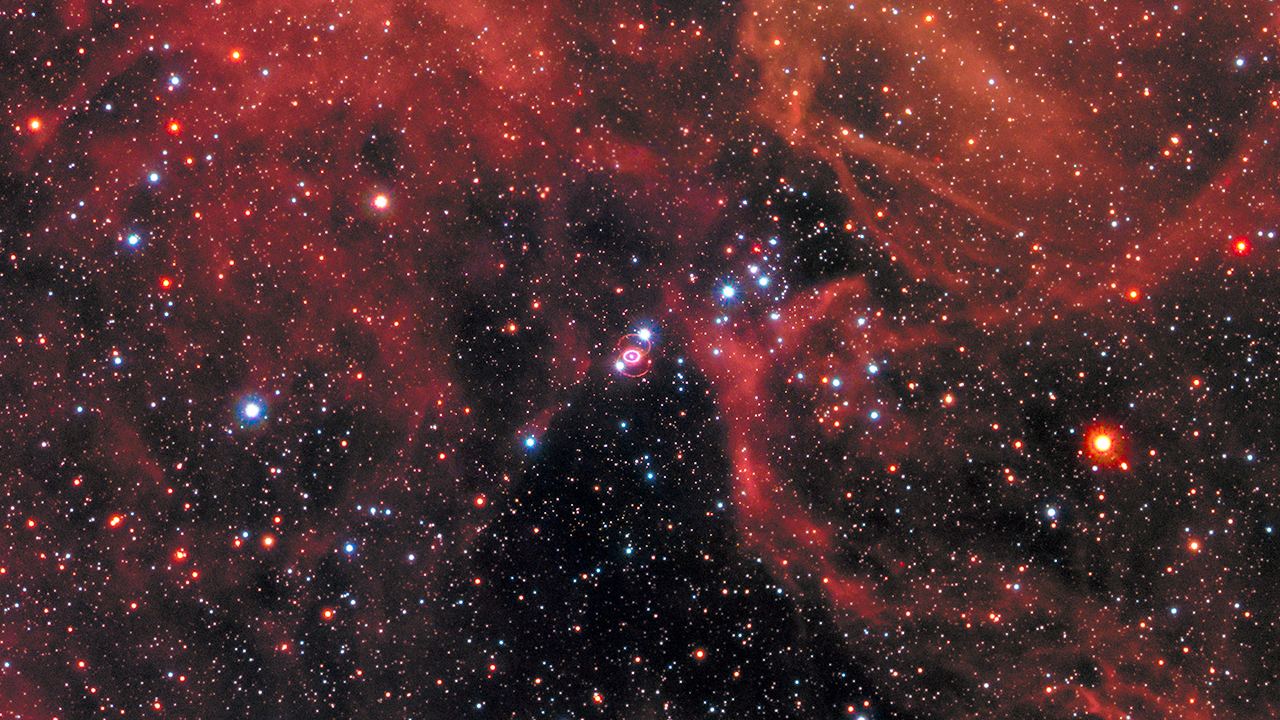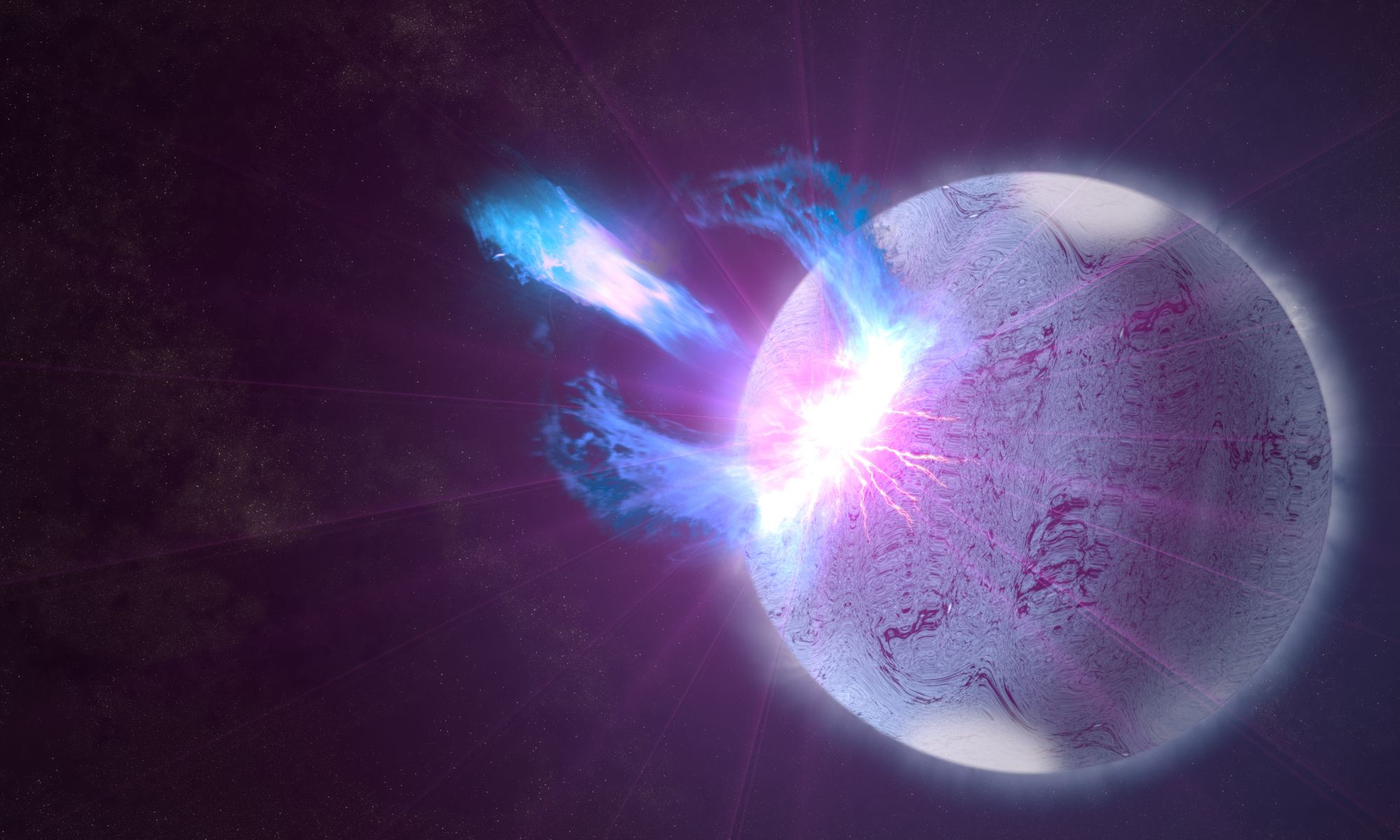When stars grow old and die, their mass determines their ultimate fate. Many supermassive stars have futures as neutron stars. But, the question is, how massive can their neutron stars get? That’s one that Professor Fan Yizhong and his team at Purple Mountain Observatory in China set out to answer.
Continue reading “The Maximum Mass of a Neutron Star is 2.25 Solar Masses”The Maximum Mass of a Neutron Star is 2.25 Solar Masses
